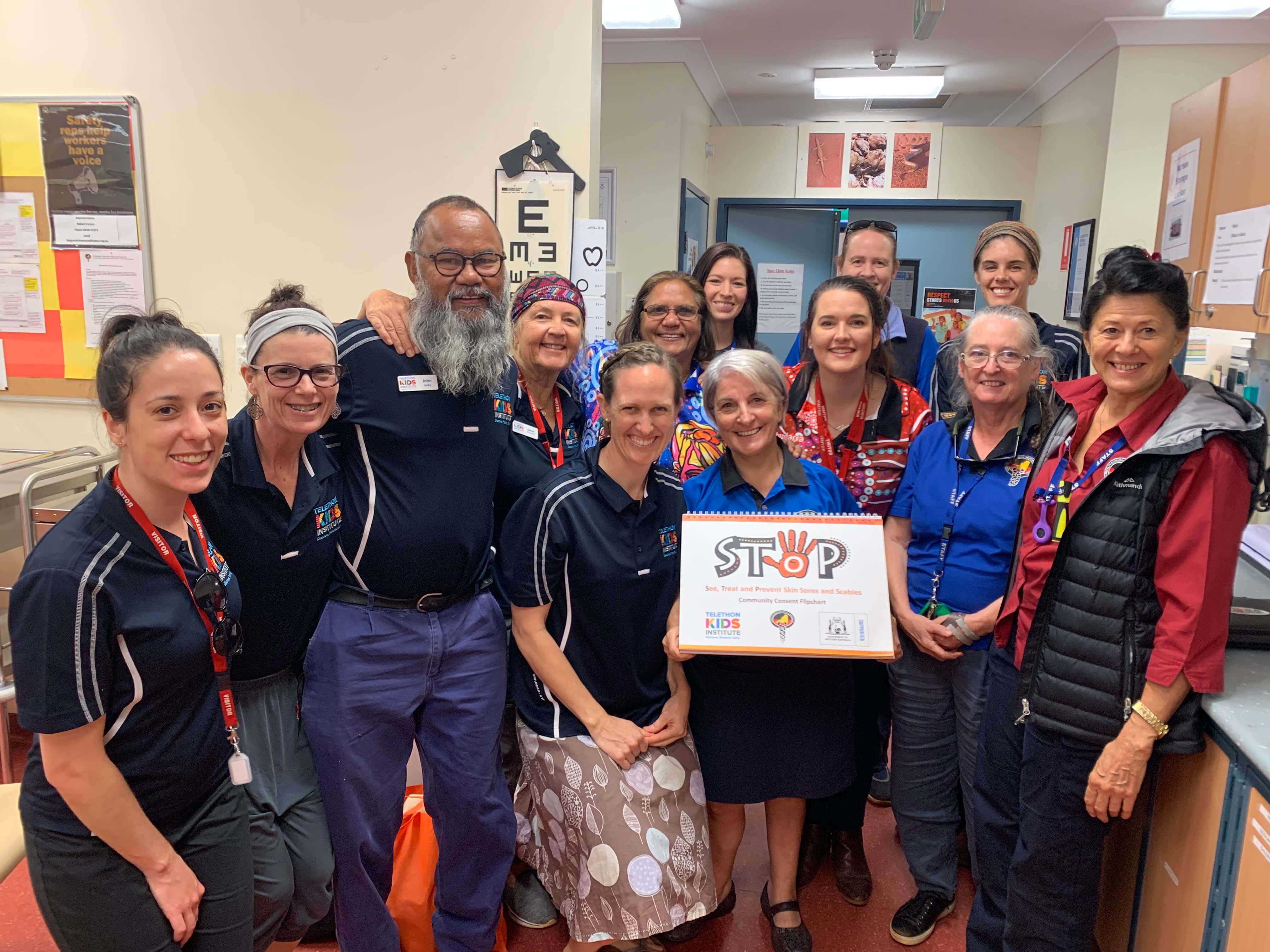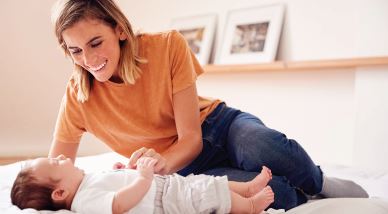Search
Research
An open letter to politicians on climate change and obesityAn open letter to politicians on climate change and obesity
Research
Th2-polarisation of cellular immune memory to neonatal pertussis vaccinationCurrent infant vaccination against pertussis in North America and Australia requires three doses of vaccines including diphtheria, tetanus and acellular...
Research
Fortification of flour with folic acidAfter randomized, controlled trials established that consumption of folic acid before pregnancy and during the early weeks of gestation reduces the risk...
Research
Age at diagnosis of birth defectsMany birth defects surveillance programs ascertain cases of birth defects diagnosed beyond 1 year of age.
Research
Gene-based outcome prediction in multiple cohorts of pediatric T-cell acute lymphoblastic leukemia: a Children's Oncology Group studyContinuous complete clinical remission in T-cell acute lymphoblastic leukemia (T-ALL) is now approaching 80% due to the implementation of aggressive...
Research
Reliability and validity of the Conditional Goal Setting in Eating Disorders Scale (CGS-EDS) among adults with eating disordersThe aim of this study was to develop and validate a self-report measure of Conditional Goal Setting (CGS) for use among individuals with eating disorders...
Research
Early aberrant antibody responses of aeroallergen sensitised people to subclinical bacterial infectionEarly aberrant antibody responses, aeroallergen sensitised people, subclinical bacterial infection

News & Events
Round one done, eight to go for the SToP TrialSix weeks, nine community visits and 380 kids – it’s a wrap for round one of the StoP Trial!

News & Events
Flu study gives vital early protection to bubs this winterThe FluBub Study will investigate whether giving the flu vaccine much earlier than the six months currently recommended by the National Immunisation Program will protect babies at the greatest risk of a severe influenza infection when they are most vulnerable.
